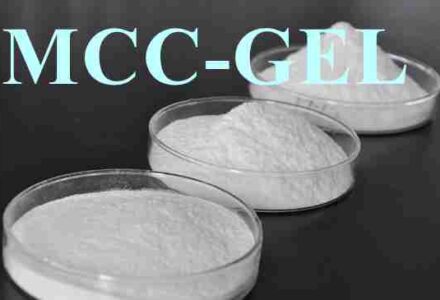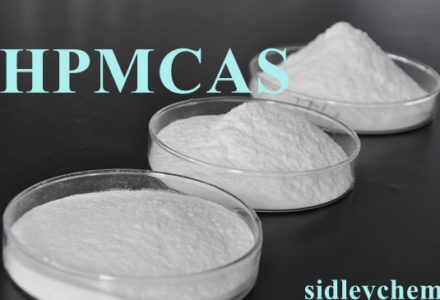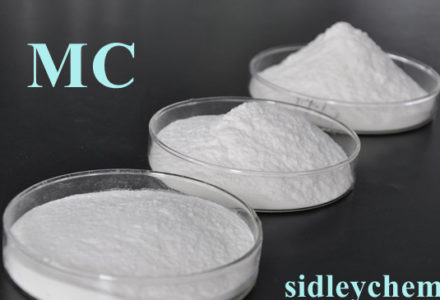Application Areas of Hydroxy Propyl Methyl Cellulose Methyl cellulose, Hydroxypropyl Methyl Cellulose, hydroxypropyl cellulose and carboxymethyl cellulose are allowed as food additives in the United States, the European Union and many other countries. Methyl Cellulose, Hydroxypropyl Methyl Cellulose, hydroxypropyl cellulose, HEMC and sodium carboxymethylcellulose have completely passed identification of the FAO / WHO Joint.. read more →
Properties of HPMC (Hydroxypropyl MethylCellulose) Hydroxypropyl MethylCellulose is a non-ionic cellulose ether, in the appearance of white powder, odorless and tasteless. It is soluble in water, most polar organic solvents, and the appropriate proportion of ethanol/water, propanol /water and dichloroethane, but insoluble in diethyl ether, acetone, and anhydrous alcohol. In cold water, it will swell into.. read more →
Solubility of Hydroxypropyl Methylcellulose (HPMC) Because Hydroxypropyl Methylcellulose (HPMC) does not dissolve in hot water, in the initial stage, Hydroxypropyl Methylcellulose can be evenly dispersed in hot water, and then it rapidly dissolves when cooled. Two typical methods are described below. 1). Put the required amount of hot water into the container, and heat.. read more →
Influence of HPMC Viscosity and Fineness on Mortar Performance Viscosity and fineness are important indicators that affect the performance of Hydroxypropyl Methyl Cellulose. Studies have shown that the water-holding effects of Hydroxypropyl Methyl Cellulose will increase with the increase of its viscosity, but when the viscosity is more than.. read more →
Analysis on the Types of Cellulose Ethers Used in Latex Paints Types of Cellulose Ethers The so-called thickener, by definition is a kind of additive that can make the system maintain stable and suitable viscosity in the production, transportation, storage, construction process by increasing the viscosity of the system – types of cellulose ethers. The.. read more →




